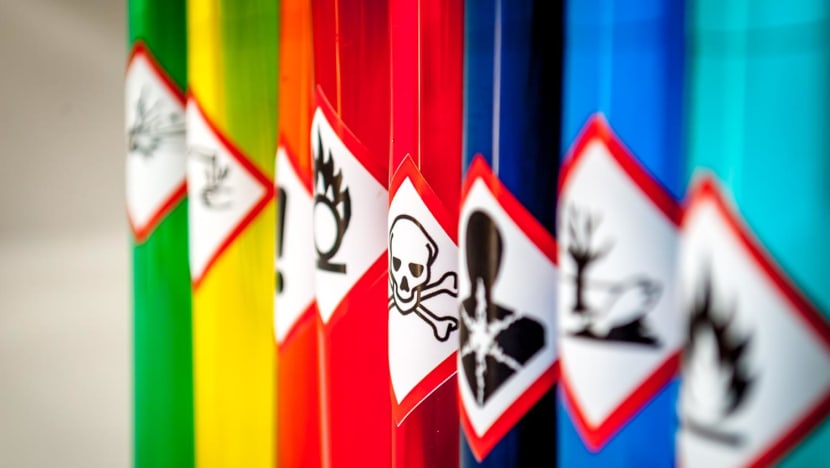How chemical weapons, widely shunned, won’t go away

With Russian forces suffering heavy losses after their invasion of Ukraine, concerns have risen that Russia will employ chemical weapons in its war there. (Photo: iStock)
The first agreement to ban chemical weapons came in 1675, when France and the Holy Roman Empire forswore use of poisoned musket balls.
Three centuries and at least six international treaties later, and despite the macabre specter of their use in World War I, they have remained a fixture in the arsenals of authoritarian regimes.
Now, with Russian forces suffering heavy losses after their invasion of Ukraine, concerns have risen that Russia will employ chemical weapons in its war there.
WHAT ARE CHEMICAL WEAPONS?
Chemicals used to cause intentional death or harm through their toxic properties are defined by the Organization for the Prohibition of Chemical Weapons as chemical weapons. So are munitions, devices and other equipment designed to weaponise toxic chemicals.
One chemical that can be turned into a weapon is chlorine, a “choking agent.” It is absorbed through the lungs and irritates the nose, throat and lungs, causing fluid to build up, choking the victim. Sulfur mustard, meanwhile, is a “blister agent.” It causes large and often life-threatening skins blisters that resemble severe burns.
Related:
WHAT ARE THE WORRIES IN UKRAINE?
US President Joe Biden said Mar 23 that there’s “a real threat” Russia will use chemical weapons there. NATO officials said they are studying different scenarios around that possibility. A so-called false flag event could involve an accident at a chemical plant given the significant amounts of ammonia, chlorine and nitrates that are used in Ukraine’s agricultural industry.
NATO Secretary General Jens Stoltenberg said that as part of its defense plans, the alliance activated its chemical, biological, radiological and nuclear defense elements.
Ukrainian President Volodymyr Zelenskiy has accused Russia of using phosphorus bombs, which emit a toxic, sticky substance that ignites on contact with air, producing thick smoke and extremely high temperatures. Russia has yet to comment. White phosphorus is not considered a chemical weapon.
WHAT HAPPENED IN WORLD WAR I?
Despite international treaties signed before the outbreak of the war, Germany used poison gas on the Western Front in 1915. Other combatant nations joined in, leaving more than 90,000 dead and a million wounded in chemical attacks by the war’s end.
That memory, and the 1925 Geneva Protocol, deterred the use of chemical and still-more-ghastly biological agents on the battlefields of World War II and most conflicts since then. But not entirely.
Related:
WHEN HAVE THEY BEEN USED SINCE?
Chemical attacks by the regime of Iraqi President Saddam Hussein killed 5,000 Iraqi Kurds in 1988; a sarin attack by the Aum Shinrikyo cult killed 13 people on the Tokyo subway in 1995.
North Korea is suspected of involvement in the 2017 murder in Malaysia of Kim Jong Nam, the half-brother of North Korean leader Kim Jong Un, using the nerve agent VX.
The latest treaty to outlaw chemical attacks, the 1997 Chemical Weapons Convention, has been ratified by 192 nations, with holdouts including North Korea, Egypt and South Sudan; Israel has signed but not ratified. But even countries that accepted the treaty have come under scrutiny.
WHICH COUNTRIES ARE THOSE?
Syrian President Bashar al-Assad’s regime repeatedly used chemical weapons in that country’s civil war, even after it agreed to surrender such munitions following a 2013 sarin gas attack that killed hundreds in a Damascus suburb.
Russia has been tied to the deadly Novichok nerve agent used in the 2018 poisoning of a former Russian spy and his daughter in Britain, the first reported use of chemical weapons in Europe since the Nazis used poison gas in concentration camps in World War II.
And after Russian opposition leader Alexey Navalny was hospitalised in Berlin in 2020, Germany said tests showed “unequivocally” that he was poisoned using Novichok. Russia denies involvement in both cases.












